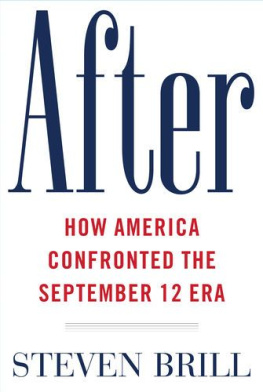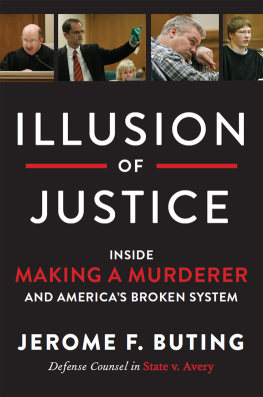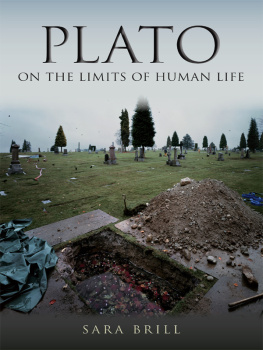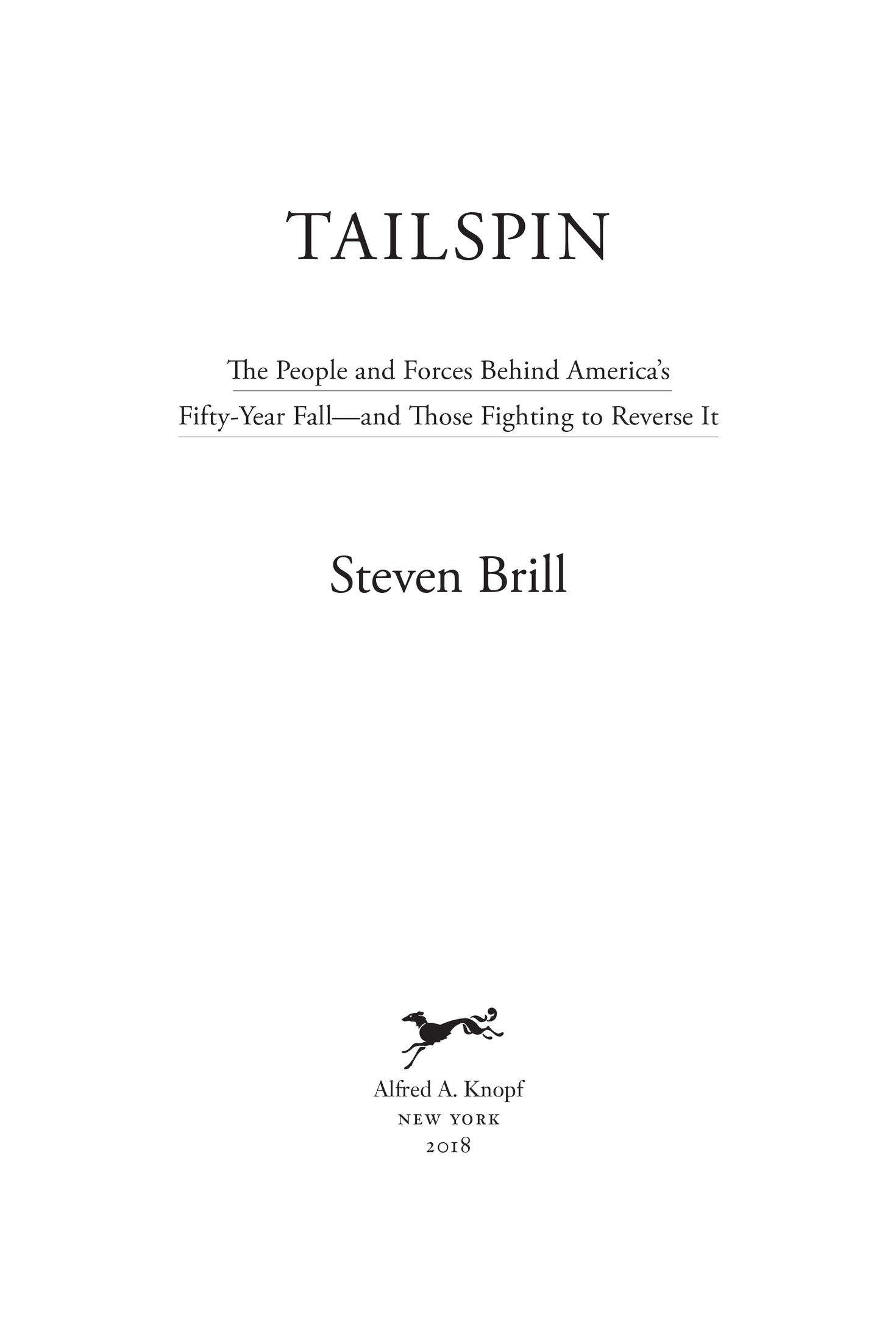Contents
ALSO BY STEVEN BRILL
Americas Bitter Pill:
Money, Politics, Backroom Deals, and the Fight to Fix Our Broken Healthcare System
Class Warfare:
Inside the Fight to Fix Americas Schools
After:
How America Confronted the September 12 Era
Trial by Jury
The Teamsters
THIS IS A BORZOI BOOK
PUBLISHED BY ALFRED A. KNOPF
Copyright 2018 by Steven Brill
All rights reserved.
Published in the United States by Alfred A. Knopf, a division of Penguin Random House LLC, New York, and distributed in Canada by Random House of Canada, a division of Penguin Random House Canada Limited, Toronto.
www.aaknopf.com
Knopf, Borzoi Books, and the colophon are registered trademarks of Penguin Random House LLC.
Library of Congress Cataloging-in-Publication Data
Names: Brill, Steven, [date], author.
Title: Tailspin : the people and forces behind Americas fifty-year falland those fighting to reverse it / Steven Brill
Description: First edition. | New York : Alfred A. Knopf, 2018. | Includes bibliographical references
Identifiers: LCCN 2017051857 | ISBN 9781524731632 (hardback) | ISBN 9781524731649 (ebook)
Subjects: LCSH : United StatesSocial conditions19601980. | United StatesSocial conditions1980 | Social changeUnited States. | Political cultureUnited States. | EqualityUnited States. | DemocracyUnited States. | United StatesPolitics and government19451989. | United StatesPolitics and government1989 | BISAC: POLITICAL SCIENCE / Public Policy / General. | POLITICAL SCIENCE / Public Policy / Economic Policy. | POLITICAL SCIENCE / Civics & Citizenship. Classification: LCC HN 59 . B 75 2018 | DDC 306.0973dc23 LC record available at https://lccn.loc.gov/2017051857
Ebook ISBN9781524731649
Cover image: (eagle) by Justin Russo / EyeEm / Getty Images
Cover design by Tyler Comrie
v5.3.1
a
In memory of my parents, and to Cynthia, Emily, Sophie, and Sam
Contents
CHAPTER 1
The Protected and the Unprotected
Is the worlds greatest democracy and economy broken? Not compared to the Civil War years, or to the early 1930s. And not if one considers the miracles happening every day in Americas laboratories, on the campuses of its world-class colleges and universities, in offices and lofts full of developers creating software for robots or for medical diagnostics, in concert halls and on Broadway stages, or at joyous ceremonies swearing in proud new citizens. And certainly not if the opportunities available today to women, non-whites, and other minorities are compared to what they faced as recently as a few decades ago.
Yet measures of public engagement, satisfaction, and confidencevoter turnout, knowledge of public policy issues, faith that the next generation will have it better than the current one, and respect for basic institutions, especially the governmentare far below the levels of a half century ago, and in many cases have reached historic lows. So deep is the estrangement that 46.1 percent of American voters were so disgusted with the status quo that in 2016 they chose to put Donald Trump in the White House.
It is difficult to argue that the cynicism is misplaced. From the relatively small thingsthat Americans are now navigating through an average of 657 water main breaks a day, for exampleto the core strengths that once propelled America, it is clear that the country has gone into a tailspin since the post-war era, when John F. Kennedys New Frontier was about seizing the future, not trying to survive the present.
The celebrated American economic mobility engine is sputtering. A childs chance of earning more than his or her parents has dropped from 90 percent to 50 percent in the last fifty years. The American middle class, once the inspiration of the world, is no longer the worlds richest.
Income inequality has snowballed. Adjusted for inflation, middle-class wages have been nearly frozen for the last four decades, and discretionary income has declined if escalating out-of-pocket health care costs and insurance premiums are counted. Yet earnings by the top one percent have nearly tripled. The recovery from the crash of 2008which saw banks and bankers bailed out while millions lost their homes, savings, and jobswas reserved almost exclusively for the top one percent. Their incomes in the three years following the crash went up by nearly a third, while the bottom 99 percent saw an uptick of less than half of one percent. Only a democracy and an economy that has discarded its basic mission of holding the community together, or failed at it, would produce those results.
Most Americans with average incomes have been left largely to fend for themselves, often at jobs where automation, outsourcing, the near-vanishing of union protection, and the bosss obsession with squeezing out every penny of short-term profit have eroded any sense of security. Self-inflicted deathsfrom opioid and other drug abuse, alcoholism, and suicideare at record highs, so much so that the countrys average life expectancy has been falling despite medical advances. Household debt by 2017 had grown higher than the peak reached in 2007 before the crash, with student and automobile loans having edged toward mortgages as the top claims on family paychecks.
The worlds richest country continues to have the highest poverty rate among the thirty-five nations in the Organisation for Economic Co-operation and Development (OECD), except for Mexico. (It is tied in second to last place with Israel, Chile, and Turkey.) Nearly one in five of Americas children live in households that their government classifies as food-insecure, meaning they are without access to enough food for an active, healthy life.
Beyond that, few of the basic services seem to work as they should. Americas airports are an embarrassment, and a modern air traffic control system is twenty-five years behind schedule. The power grid, roads, and rails are crumbling, pushing the United States far down international rankings for infrastructure quality. Despite spending more on health care and K12 education per capita than any other developed country, health care outcomes and student achievement also rank in the middle or worse internationally. The U.S. has the highest infant mortality rate and lowest life expectancy among its peer countries, and among the thirty-five OECD countries American children rank thirtieth in math proficiency and nineteenth in science.
American politicians talk about American exceptionalism so habitually that it should have its own key on their speechwriters laptops. Is this the exceptionalism they have in mind?
The operative word to describe the performance of our lawmakers in Washington, D.C., responsible for guiding what is supposed to be the worlds greatest democracy, is pathetic. Congress has not passed a comprehensive budget since 1994. Like slacker schoolchildren unable to produce a book report on time, the countrys elected leaders have fallen back instead on an endless string of last-minute deadline extensions and piecemeal appropriations. Legislation to deal with big, long-term challenges, like climate change, the mounting national debt, or job displacement, is a pipe dream. It is as if the great breakthroughs of the past, marked by bipartisan signing ceremonies in the White Housethe establishment of the Federal Trade Commission, Social Security, interstate highways, the Food and Drug Administration, Medicare, civil rights legislation, the EPAare part of some other countrys history.







